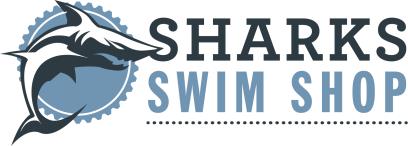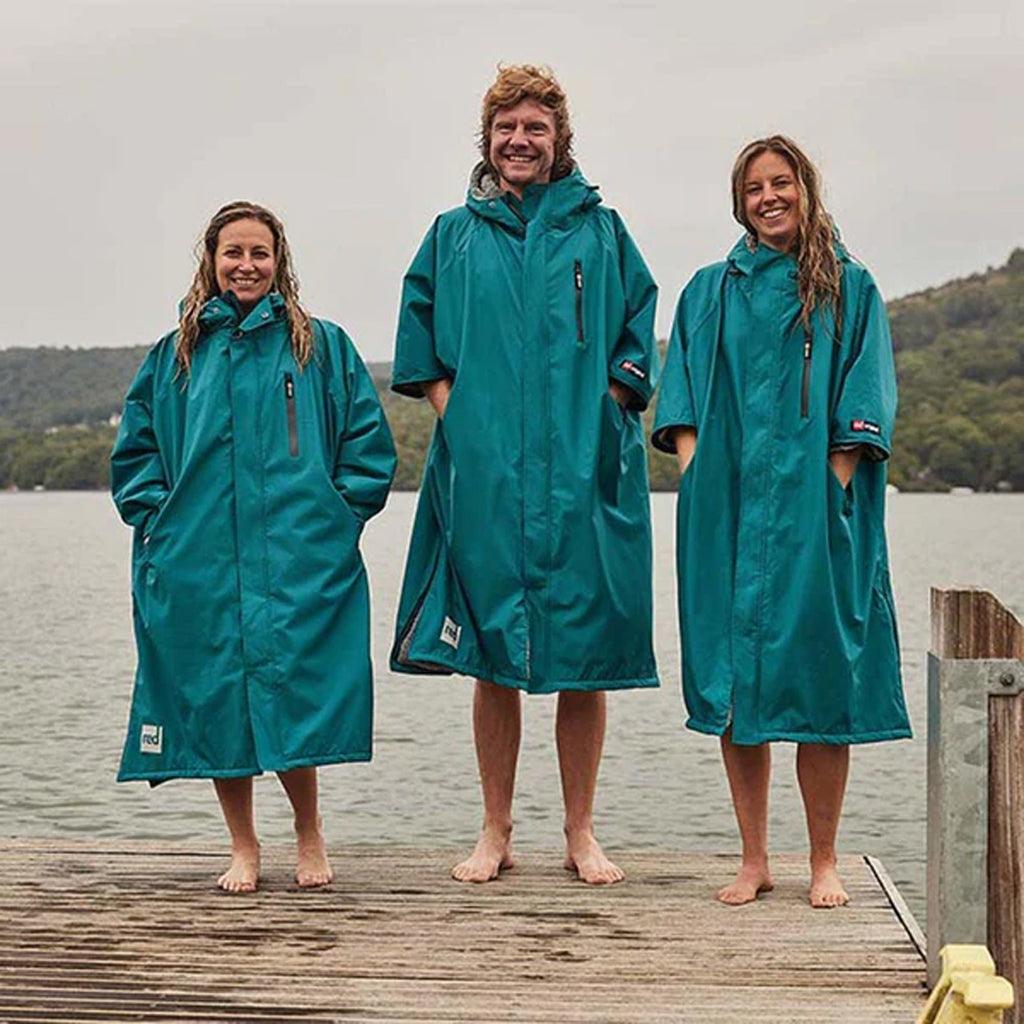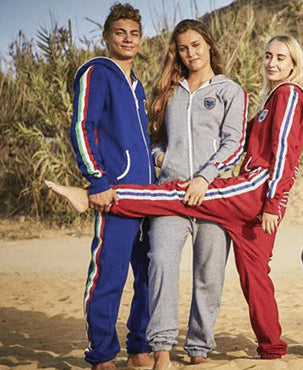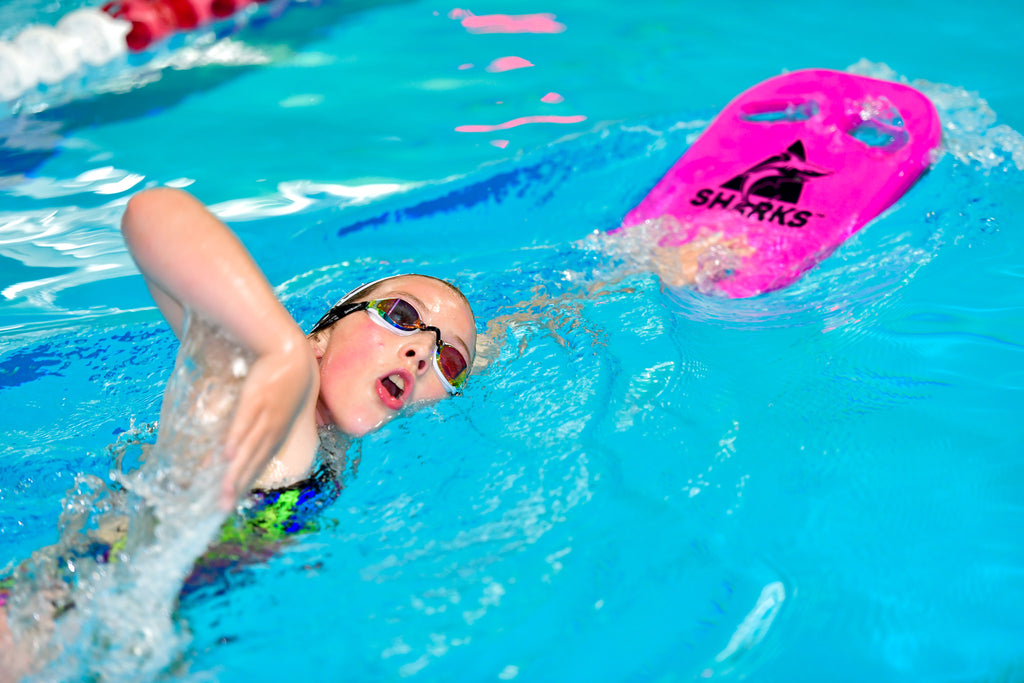Nutrition Guidance for Triathletes
 The triathlon season may well be over in the UK until next March, but that doesn’t mean you stop training; nor does it mean that you can forget about your nutritional plan. All athletes understand that getting your training and competition nutrition right can make all the difference to your progress and performance and you need to continue with these plans throughout the winter months.
The triathlon season may well be over in the UK until next March, but that doesn’t mean you stop training; nor does it mean that you can forget about your nutritional plan. All athletes understand that getting your training and competition nutrition right can make all the difference to your progress and performance and you need to continue with these plans throughout the winter months.
To help keep you motivated, we’d like to share with you some advice and guidance on nutrition so you can be sure you’re on the right track, even if you’re not competing at the moment.
Understanding endurance training
Provided you eat a balanced diet, before you start any training run or a race, your your body will already have around 90 minutes to two hours’ worth of energy stored. This energy is stored in your muscles as glycogen, and it’s this fuel that will power your muscles in the race ahead. For races under 90 minutes, you don’t need to think about a re-fuelling strategy, other than eating a diet rich in healthy macro and micro nutrients and eating well in the days before a race to make sure your glycogen stores are topped up.
For races where you’ll be racing for over two hours such as half Ironman and Ironman distances in triathlon, you’ll need to load with carbs ahead of the race and fuel up during the event.
What is Carb Loading?
Carb loading ahead of a race is essentially the same whether you’re doing a marathon, triathlon or cycling race. It means topping up your glycogen stores in the days ahead of the event.
Triathletes should avoid too much fibre in the days before as stomach cramps and bloating during the swim or on the bike will hamper your performance.
Fuelling During a Triathlon
Depending on your gender, size, and the temperature, terrain and intensity of the race an average athlete will burn roughly 500-1,000 calories per hour. Your goal during the race is to replace roughly 30-50% of the calories you burn.
In an Ironman distance (the longest triathlon distance), the race can last anything from nine to 17+ hours, which means you'll need to consume a lot of calories!
As a triathlon is made up of three disciplines, and you can adapt your fuelling according to each leg of the race. Whichever way to you decide to fuel, race foods need to include fast-release carbohydrates that will deliver energy to your muscles quickly. In a triathlon, this can be in the form of energy drinks, energy gels, sweets, dried fruit, energy bars, flapjacks and even sandwiches.
Fuelling During the Race Stages
The swim leg is usually first in a triathlon. If you’ve been carb-loading properly, your muscles will already be well-nourished so you won’t need to fuel during the swim other than take on board a sports drink or gel (depending on the race length and personal preference) before and after the swim leg.
The bike leg is the time to really kick-start your fuelling strategy, and it’s important to start fuelling before you feel the effects of energy depletion. It’s often easier to eat on the bike so it’s a good time to refuel with solid foods, such as sandwiches, flapjacks and energy bars that you can store on the bike with zip-up food bags that attach to the bike frame.
In longer races, it’s not uncommon to see competitors with three bottles attached to the bike frame; one for water, one for an energy drink and the other a concentrated form of energy mix that can be diluted with water from the water stations along the route.
As the final leg in a triathlon, the run is usually when real fatigue can set in. Where it was easier to eat solid foods on the bike, fuelling on the run is a little harder. Transportable foods such as energy gels, sports drinks, gummy sweets and dried fruit such as raisins are the easiest items to attach to a running belt. It’s wise to find out what energy gel brands and foods will be available at feeding stations along the route too, so you can factor this into your fuelling strategy.
Trial and Error
Fuelling for a long-distance triathlon takes practice and time. The goal is to eat enough to keep your energy levels high whilst avoiding over-eating and leaving your body struggling to digest foods when it’s already under stress from exercise.
It’s a tough balancing act, and everyone is different. Keep in mind that what works for your friend won’t necessarily work for you, so it’s wise to try out your nutrition plans ahead of a race to find the food combinations that suit you.
Sharks Swim Shop
In addition to an extensive range of triathlon clothing, at Sharks Swim Shop we also stock a range of energy gels, bars and sweets as well as accessories such as racing belts to help you to keep the fuel you need on board safe and easy to access.
You can visit us at our shop on Sketty Cross in Swansea or order from our online shop www.sharkswimshop.co.uk








